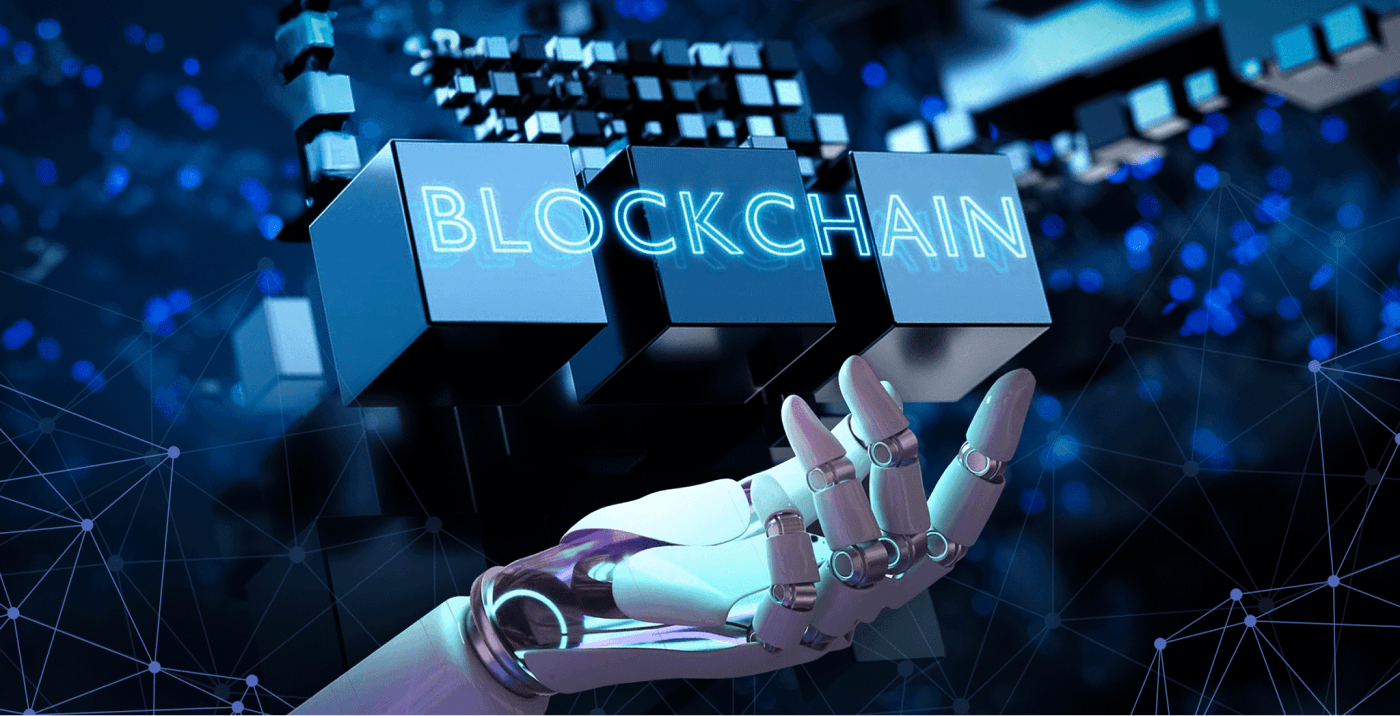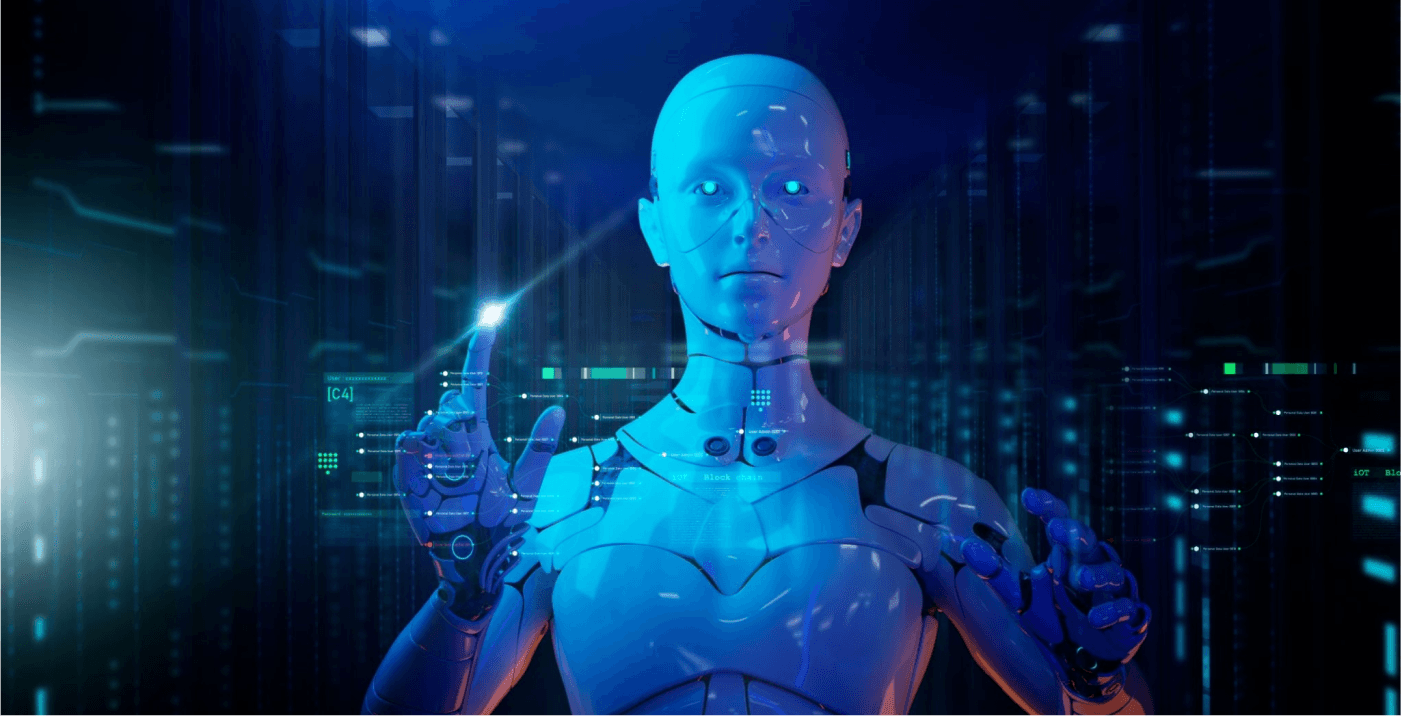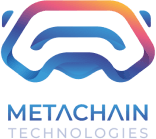
How Blockchain and AI are Revolutionizing Secure Data Sharing
Blockchain and AI: Revolutionizing Secure Data Sharing
Definition of Data Privacy
Data privacy, often synonymous with data protection, denotes the sensitive handling and safeguarding of data, particularly personal information. At its core, it encompasses the principles, governance, and tools used to protect the confidentiality and integrity of data. For developers, this necessitates constructing systems and applications that are fortified against unauthorized access and data breaches, all while ensuring adherence to privacy standards such as GDPR and HIPAA.
The Rising Importance of Secure Data Sharing
In our data-driven era, secure data sharing has emerged as an imperative, particularly for developers. Whether it’s the exchange of healthcare records, financial transactions, or user analytics, secure data sharing is instrumental in facilitating innovation, efficiency, and collaboration. However, with the escalating instances of cyber-attacks and data leaks, building trust and security in data exchanges is paramount. For developers, this means not only encrypting data but also devising robust authentication mechanisms, access controls, and ensuring data integrity throughout its lifecycle. The challenge lies in achieving this security without sacrificing the efficiency and accessibility that make data sharing so invaluable.
Overview of Blockchain and AI Technologies:
Several core aspects delineate the transition from Web2 to Web3. We examine some of these elemental components:
- Blockchain:
Blockchain is a distributed ledger technology that stores data in blocks chained together. For developers, the immutable nature of Blockchain is its most alluring trait. Once data is stored in a block, it cannot be altered retroactively without the alteration of all subsequent blocks, which requires consensus across all nodes in the network. This immutability makes it ideal for secure data sharing applications, especially in environments where trust is essential but not necessarily inherent, such as in supply chains or financial systems.
- Artificial Intelligence:
Artificial Intelligence (AI), on the other hand, entails the simulation of human intelligence by machines. In the context of secure data sharing, AI can be deployed to enhance data privacy through various means. For instance, AI algorithms can automate the process of data anonymization, ensuring that personally identifiable information is obscured without compromising data utility. Moreover, AI-driven security systems can detect and respond to anomalies in real-time, bolstering the security of data exchanges.
Integration of Blockchain and AI in Secure Data Sharing:
The synthesis of Blockchain and AI brings forth a potent combination for secure data sharing. Blockchain provides a tamper-evident and decentralized data storage framework, while AI augments this with dynamic, intelligent data handling and security protocols. For developers, this fusion means an arsenal of tools and frameworks at their disposal to craft cutting-edge solutions for secure data sharing.

Introduction to AI and Machine Learning
AI, with its subset Machine Learning (ML), is a game-changer in data security. At its core, AI involves algorithms and statistical models that enable systems to perform tasks without explicit programming. On the other hand, ML is an AI subfield that allows systems to learn from and make predictions on data. These technologies have evolved since the mid-20th century and are now indispensable in the tech ecosystem.
AI Applications in Data Security:
- Anomaly Detection and Fraud Prevention:
Detecting anomalies and preventing fraud is one of AI's forte. Through pattern recognition and predictive analysis, AI can pinpoint unusual activities that deviate from expected patterns. For instance, in banking, AI monitors transactions in real time to detect and prevent fraudulent activities. This is achieved through advanced technologies like deep learning and neural networks, which are adept at recognizing patterns and making predictions.
- Secure Multi-party Computation:
Secure Multi-party Computation (SMC) is a cutting-edge concept in data security. It allows multiple parties to collaboratively compute a function over their inputs while keeping them private. Imagine a scenario where different entities must share sensitive data for analysis without exposing the actual data. SMC makes this possible. Its applications are manifold, from privacy-preserving analytics to secure voting systems.
- Data Masking and Obfuscation:
Protecting sensitive information is crucial. Data masking and obfuscation are techniques where AI shines. It involves altering data so that it remains usable but doesn’t reveal sensitive information. For instance, AI algorithms can generate synthetic datasets that closely mimic real data but contain no sensitive or personal information.

Integrating AI with Blockchain for Enhanced Security:
Blockchain, known for its decentralized and immutable nature, finds its true match in AI. When integrated, AI and blockchain create a synergy that's unparalleled. Blockchain can enhance the trustworthiness of AI models by providing transparent and tamper-proof data. Conversely, AI can optimize blockchain operations through intelligent algorithms. One striking use case is the smart contract in blockchain, which can be made more intelligent with AI, enabling complex, automated decision-making that's secure and transparent.
Blockchain and AI in Secure Data Sharing use cases
Healthcare Data Exchange:
- Protecting Patient Records:
The amalgamation of blockchain and AI is revolutionizing healthcare by safeguarding patient records. Blockchain’s immutable nature ensures that once data is stored, it can’t be altered or deleted. AI, on the other hand, enhances data access controls, making sure only authorized personnel can access the information. For instance, smart contracts can automate consent management for data sharing among healthcare providers.
- Enhancing Data Interoperability:
Data interoperability is vital in healthcare. Blockchain and AI together are tearing down the barriers in healthcare data exchange. The blockchain ensures a single version of data, while AI’s predictive analytics helps in making sense of the data by providing valuable insights which can save lives.
- Case Study:
A Blockchain-AI Integrated Healthcare Network: HealthVerity, a trailblazing company, uses blockchain for patient identity resolution while leveraging AI for real-time data analysis. This has empowered healthcare organizations to share data securely and draw insights for improved patient outcomes.
Financial Services and Identity Verification:
- KYC (Know Your Customer) and AML (Anti-Money Laundering) Compliance:
In the financial sector, compliance with KYC and AML is paramount. Blockchain provides an immutable audit trail, which is crucial for compliance. AI enhances this by automating the KYC process, making it faster and more efficient. Moreover, AI algorithms can detect suspicious activity, which is vital for AML.
- Secure Transaction Processing:
Blockchain ensures that the financial data is secure and transparent. AI adds an extra layer of security by detecting fraudulent transactions in real-time.
- Case Study:
A Financial Institution Implementing Blockchain-AI Solutions: HSBC, one of the world’s largest banking institutions, has integrated AI with blockchain to optimize KYC verification processes and streamline AML compliance. The system allows for increased security and efficiency in transactions and customer verification procedures.
Secure Supply Chain Management:
- Ensuring the Authenticity of Goods:
In supply chains, ensuring the authenticity of goods is critical. Blockchain provides a transparent ledger, ensuring that every product can be traced back to its origin. AI enhances this by using advanced analytics to monitor and validate the authenticity of goods.
- Tracking and Monitoring in Real-time:
Blockchain provides real-time tracking of goods, while AI analyzes this data for predictive insights, such as demand forecasting, which is crucial for supply chain optimization.
- Case Study:
Implementing Blockchain and AI in a Global Supply Chain: Walmart, a retail giant, has implemented a blockchain-AI integrated system for its supply chain. It ensures the authenticity of goods, real-time tracking, and advanced analytics for better decision-making.
Challenges and Considerations
Scalability Challenges:
Blockchain's immutable nature is its strength, but when we talk about scalability, it becomes a double-edged sword. The ever-increasing ledger size can slow down transaction processing times. Implementing sharding or looking at Layer 2 solutions like Plasma or Lightning Network can be your path to scalable blockchain systems.
Data Privacy Regulations and Compliance:
With the inception of GDPR and other data privacy laws, the immutability of blockchain records raises eyebrows. As developers, considering off-chain storage for personal data or utilizing zero-knowledge proofs can be pivotal in meeting data privacy regulations. On the AI front, make sure your models are not inadvertently memorizing personal information, which can be a compliance pitfall.
Ethical Considerations in AI:
AI models learn from the data they are fed, and can sometimes end up perpetuating biases and prejudices. It's imperative to employ fairness-aware algorithms and regularly audit AI models for biases.
Integration Challenges between Blockchain and AI Technologies:
Lastly, integrating blockchain and AI isn’t a walk in the park. It's like marrying two superheroes, each with their own quirks. As developers, understanding the intricacies of each technology is a must.
Utilize APIs that facilitate communication between AI and blockchain components. Also, consider the computational complexity that AI algorithms can bring to the blockchain network. Optimize these algorithms to ensure they do not overburden the network.
Future Perspectives
Evolving Technologies and Standards:
The blockchain and AI landscape is a melting pot of ceaseless innovation. For developers, staying in sync with the evolving technologies and standards is more than just a box to tick; it’s an imperative.
Decentralized autonomous organizations (DAOs) and smart contracts are rapidly evolving, and so are machine learning algorithms. Moreover, API standards are being financed for seamless interaction between AI models and blockchain networks. Comprehending these emerging protocols and standards is vital for developers aiming to be on the vanguard of secure data sharing.
Potential Innovations in Blockchain and AI:
Potential innovations in blockchain and AI are bound to redefine the contours of data sharing. For instance, homomorphic encryption could enable data sharing and processing without compromising privacy. Meanwhile, sharding in blockchain networks could enhance scalability manifold. As developers, it’s crucial to keep an eye on quantum computing too, which could disrupt existing encryption standards.
Additionally, the confluence of IoT with blockchain and AI is set to unlock new avenues in secure data sharing, by integrating real-time data streams into decentralized and intelligent systems.
The Road Ahead for Data Privacy and Security:
The intersection of blockchain and AI heralds a new dawn for data privacy and security. Zero-knowledge proofs in blockchain networks can ensure data privacy without hindering the utility of AI models. On the other hand, federated learning can empower AI models to learn from decentralized data sources without centralizing the data.
Furthermore, developers should watch out for emerging consensus algorithms that can mitigate the energy consumption of blockchain networks, making them more sustainable. The road ahead is peppered with challenges but is also brimming with opportunities. As developers, adopting a continuous learning mindset and actively contributing to open-source projects can be instrumental in shaping this promising landscape.
Summary of Blockchain and AI in Data Privacy:
Blockchain and AI have emerged as transformative forces in the realm of data privacy. Blockchain, with its decentralized nature, ensures data integrity and traceability, while AI, through its advanced algorithms, can analyze data for insights without jeopardizing privacy. The amalgamation of blockchain and AI has the potential to foster a new ecosystem where data can be securely and efficiently exchanged and processed. The integrity and immutability of blockchain networks paired with the intelligence and automation of AI systems are proving to be a formidable combination in safeguarding data privacy.
Final Thoughts and Encouragement for Further Exploration:
As we stand at the cusp of a new era defined by technological ingenuity, blockchain and AI will undoubtedly continue to evolve and shape the landscape of data privacy. The fusion of these technologies holds immense promise, but it is imperative to approach this confluence with a sense of responsibility and ethics. While the possibilities are boundless, it is crucial to ensure that the deployment of blockchain and AI is aligned with the broader goals of society, especially in terms of data privacy and security. For the curious minds and ardent developers, this is an open invitation to delve deeper into the intricacies of blockchain and AI. Your creativity, innovation, and integrity could very well be the catalysts that drive the next wave of advancements in data privacy. So, embrace the challenge, seek knowledge, collaborate, and most importantly, never cease to innovate.

Matthew Connelly
Heralding over two decades of experience, Matthew Connelly, our dynamic CEO.References
- 1) Artificial Intelligence (AI) for Cybersecurity
- 2) Blockchain Tethered AI
- 3) Blockchain: A Privacy Centered Standard for Corporate Compliance
- 4) The Impact of Artificial Intelligence on Data System Security
- 5) Blockchain technology in healthcare: A systematic review
- 6) Immutability and Robust Storage




